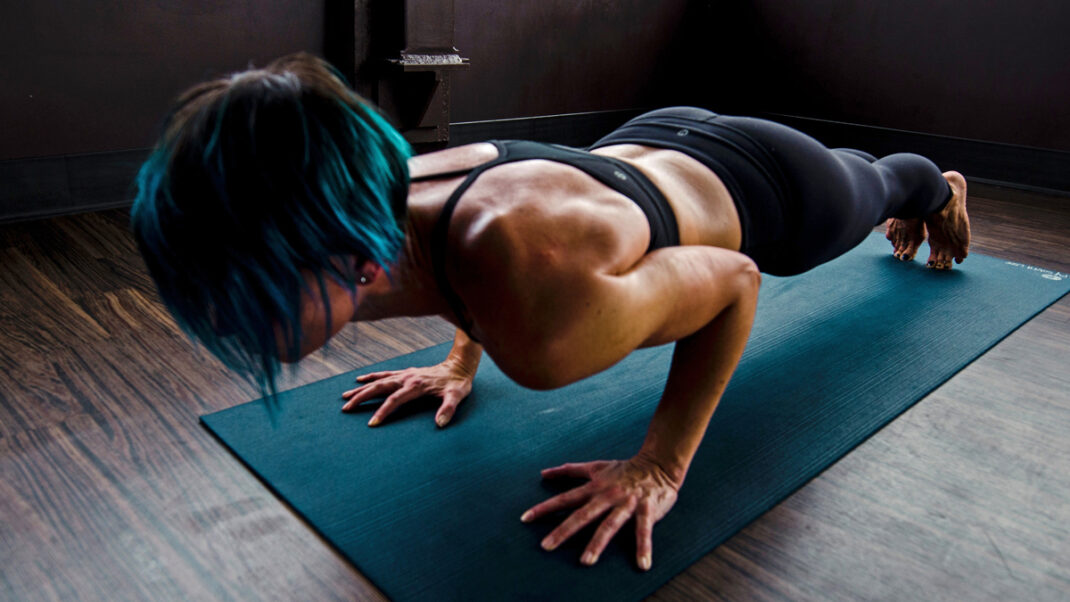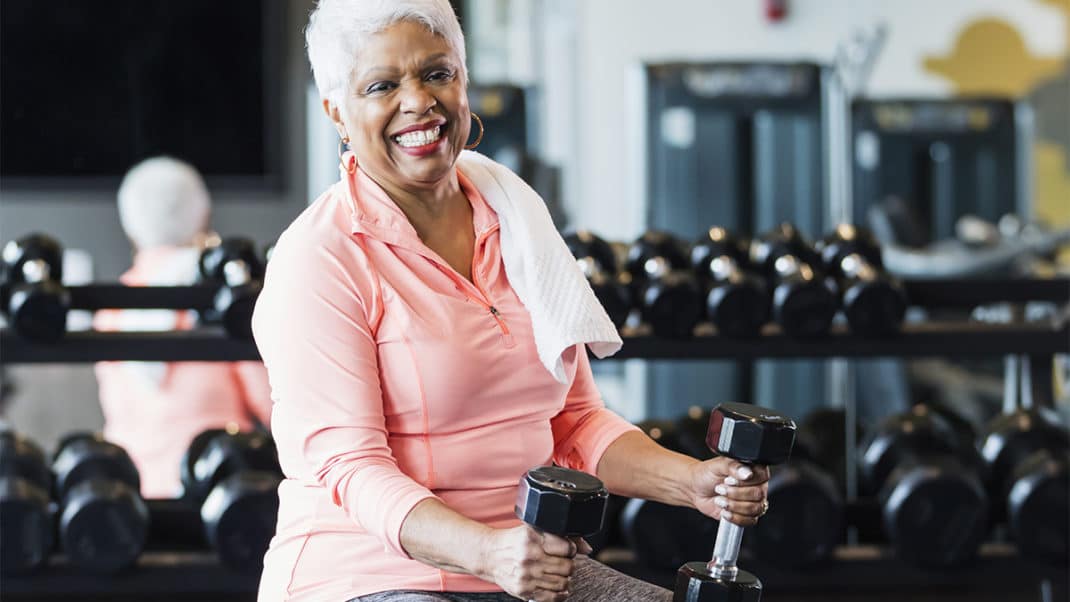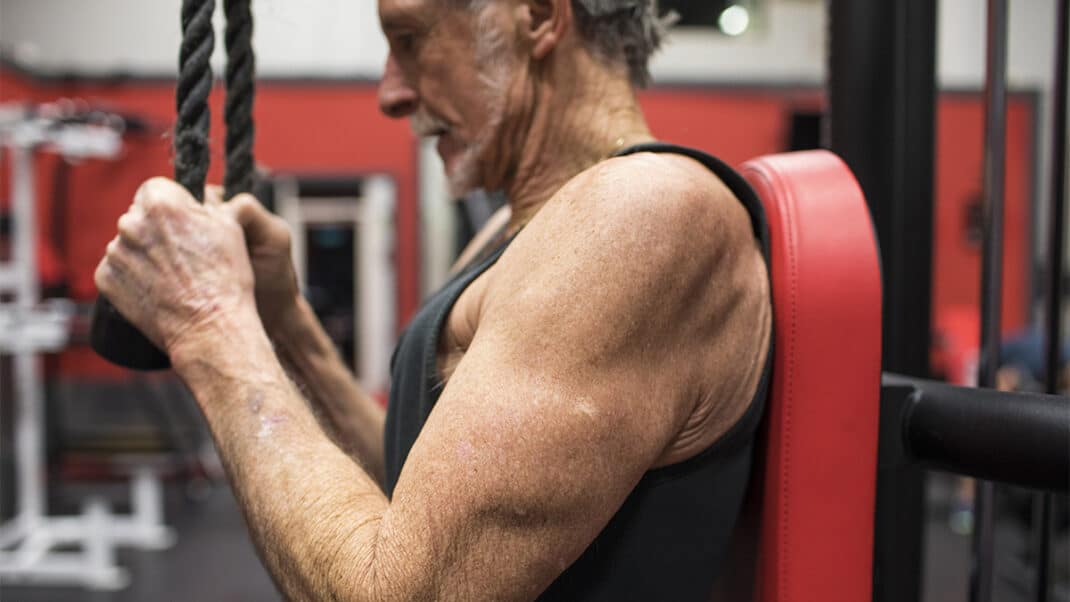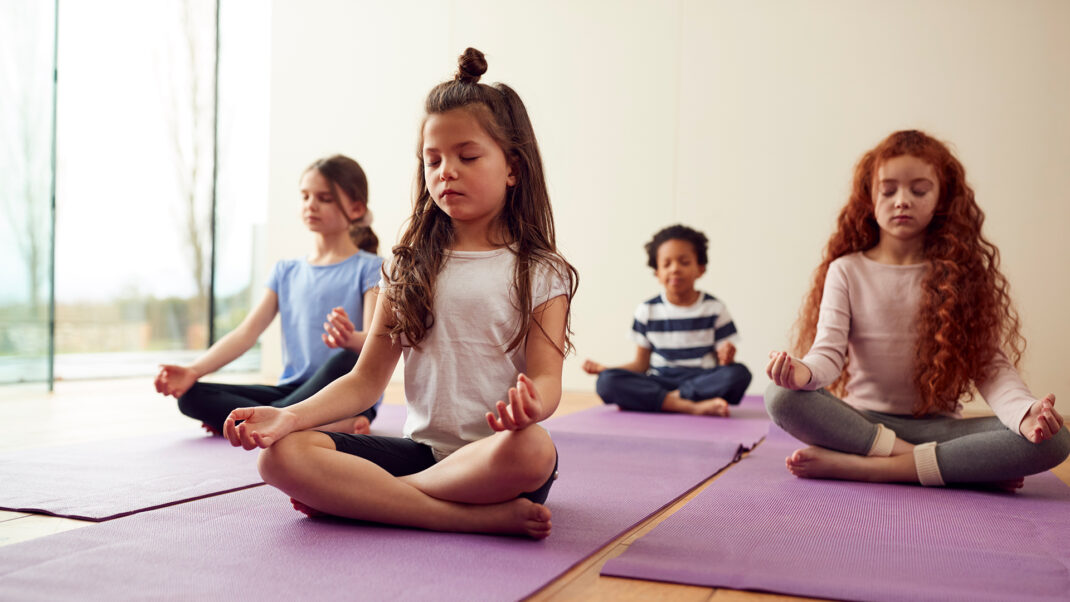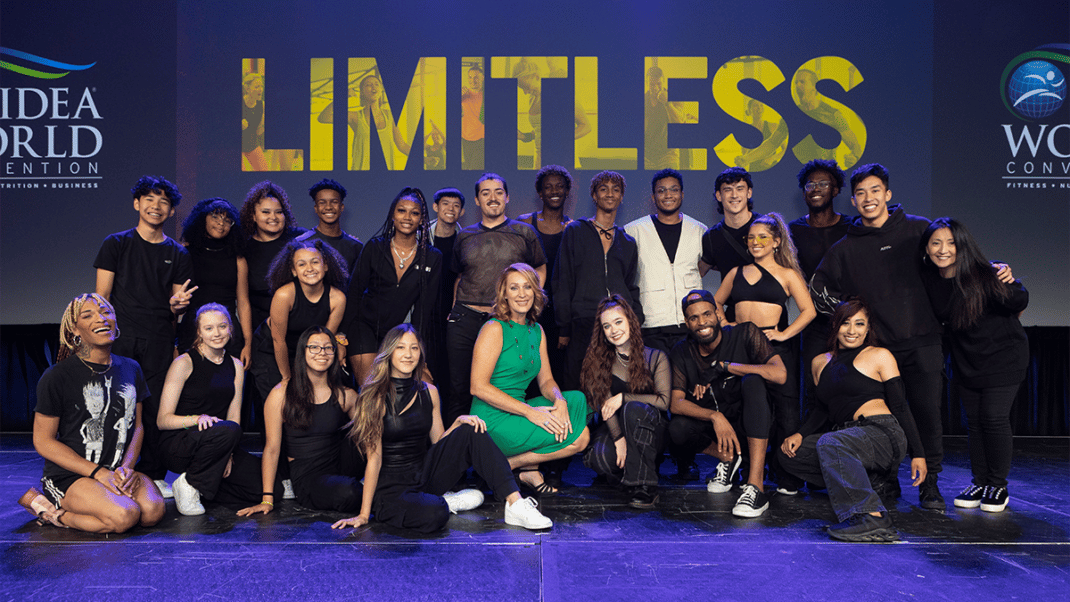Yoga Lesson Plan 6: Body Appreciation
About this series: Each yoga lesson plan provides both a physical focus, to guide your choice of postures, and a practice focus, to help students explore an important principle of yoga practice. The intention of the series is to present guidelines for creating a coherent and thoughtful class experience, with suggestions broad enough to allow you to choose yoga poses that are appropriate for your students.
Yoga Lesson Plan 1 Yoga Lesson Plan 4
Yoga Lesson Plan 2 Yoga Lesson Plan 5
Theme: Body Appreciation
At a time of the year when a few pounds creep on and resolutions loom near, it's easy to find yourself in a battle with your body. But one of the greatest gifts you can give yourself is body appreciation—accepting the size and shape of your body and honoring its strength, resilience and beauty. This yoga lesson plan will help you guide your students to celebrate their individual bodies. It's a great practice to try out yourself whenever you need a mood boost.
Opening
Introduce the theme of the class with a statement of body appreciation: "Your body has been with you all your life, and will be with you all your life. It has seen you through love and loss, pleasure and pain, challenge and growth. Your body deserves to be appreciated for every experience it has given you, and every way it has supported you." Ask students to consider if there is any part of their body that needs special care or appreciation in today's practice.
Dynamic Yoga Warm-up (5-10 min)
Take a big, full body stretch standing up. Try out some fun movements for a warm-up. Shoulder rolls, arm swings and hip circles are easy, feel-good ways to connect to the body. Consider adding playful face stretches ("Stick out your tongue!" or "Scrunch up and then stretch wide your whole face!") or sounds ("Let out the breath with a big ahhhhhhhh"). The idea is to string together movements that shake off the shackles of body tension and inhibition. Finish with a delicious letting go in rag doll pose (a standing forward bend with feet hip distance apart, knees soft, and back, shoulders, neck, head, and arms relaxed).
Standing and Balancing Yoga Poses (20 min)
In a practice of body appreciation, simple yoga poses and familiar sequences work best. You don't want students to spend most of the class struggling to squeeze into contortionist shapes or holding their breath as they try not to fall out of a challenging balance. Let students delight in the strength of their legs as they hold basic poses like chair pose (utkatasana) and the warrior poses (virabhadrasana I and II). Allow them to relish the strength of their upper body and core in poses like plank, downward-facing dog (ardho mukha svanasana), and boat pose (navasana).
Bring extra enthusiasm to familiar yoga poses with a few simple cues. For example, in poses that require reaching the arms overhead (e.g., chair and warrior I), cue students to keep their arms separated (rather than hands clasped), stretching their fingers wide. In poses that require extra effort, remind students how amazing and capable their bodies are. Throughout the practice, cue students to breathe as if every moment in every pose is a celebration of life: breathe deeply into the ribs, chest, belly and back; exhale fully. Inhaling through the nose and exhaling through the mouth with an easy sigh or extended "ahhhh" sound is an especially effective way to lift spirits.
Seated Poses and Deep Release (20 min)
Pick a series of yoga poses that will give a pleasant stretch or deep release to all of the major areas of the body. Offer each pose as a gift of appreciation to that specific area. For example:
- Eagle arms (guarudasana) in a seated pose is a gift to the upper back and shoulders.
- Seated forward bend (sukhasana with legs crossed or paschimottonasana with legs straight) is a gift to the back and legs.
- Pigeon pose (eka pada kapotasana) is a gift to the hips.
- Reclining twist is a gift to the chest and spine.
- Self-massaging the forearms and hands, or calves and feet, can be a wonderful treat to these parts of the body that don't receive as much care in a typical yoga practice.
Self-Guided Practice (5 min)
Ask students to choose a yoga pose or movement that their bodies really enjoy or that they feel inspired to do. Encourage them to trust their intuition and the body's wisdom. Offer limited feedback in this part of the practice; let students experience the joy of practicing what the body asks for.
Relaxation and Closing (10 min)
Guide students through a body appreciation meditation in relaxation pose. Start with the feet and legs and work through the whole body. For each area, say, "Bring your awareness to your [feet and legs; hips; belly; etc.]. How has [this part of your body] supported you in life? Offered you pleasure or given you strength? Thank [this part of your body] for all it has done for you." Don't rush; give students time to think and appreciate the wonder of their individual bodies. Finish the meditation by inviting students to ask their bodies, "Is there anything you need from me?" End relaxation with the simple reminder, "Notice how easy it is to be in this body in this moment."
View all Yoga Lesson Plans
